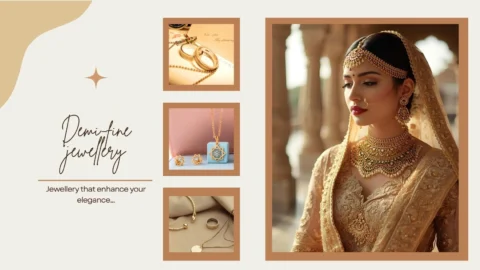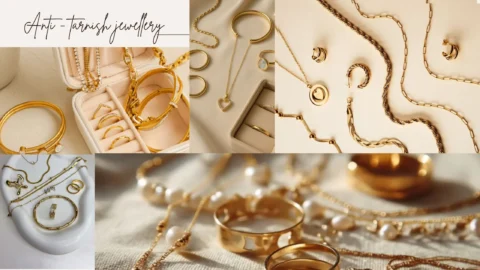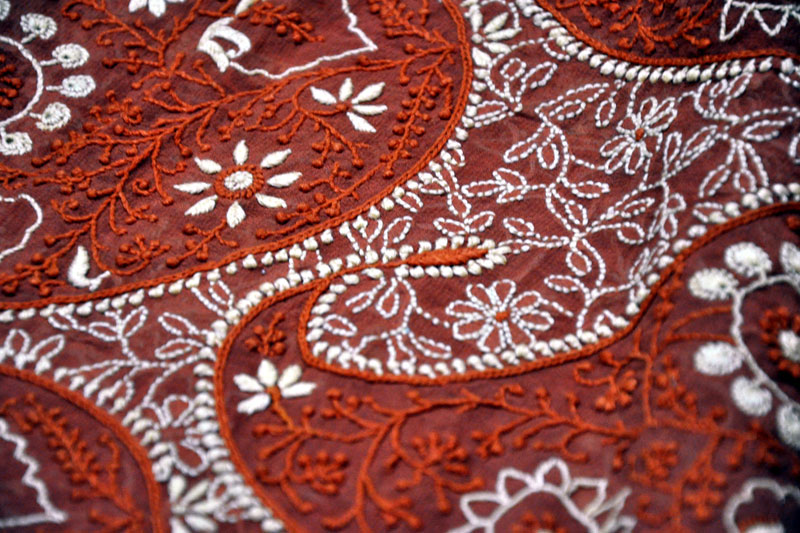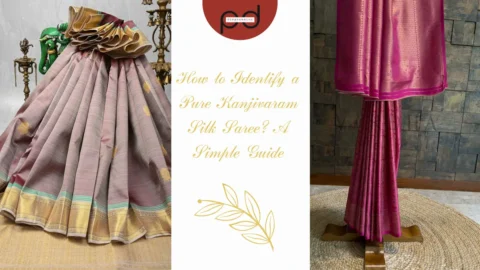CHIKANKARI
THE BEAUTY OF OUR CULTURE AND HERITAGE

THE ART OF ELEGANCE = HAND EMBROIDERED CHIKANKARI
Origin of chikankari
Exploring more about Chikankari: origin of chikankari
Chikankari embroidery represents the rich cultural heritage of India. Originating from the city of Lucknow in Uttar Pradesh, this art form is celebrated for its delicate craftsmanship, designs, and timeless beauty. Techniques, and contemporary relevance of chikankari, offering insights into why this embroidery continues to enchant and inspire.
Chikankari was introduced to India during the Mughal era, and Lucknow became the epicenter of this beautiful art and culture.

Stitch and Motifs of Chikankari
Chikankari is known for its finesse and elegance. Here are some of the most important stitches and stylist that we commonly use.
- Taj Mahal: This stitch involves creating a pattern that resembles the intricate lattice work found in Mughal architecture.
- Jali: A mesh-like pattern that gives an unreal, lacy feel to the fabric.
- Murgi: This stitch is shaped like a chicken and is often used for floral motifs.
- Peacock Feather: A detailed stitch that resembles the elegant feathers of a peacock.
- Herringbone: This stitch forms a series of diagonal lines that create a textured, patterned look.

Fabric and Thread used in embroidery
- Fabric: Chikankari is traditionally done on muslin, cotton, and silk fabrics. Each fabric provides a different backdrop for the embroidery, it is often done on soft and breathable summer fabrics.
- Thread: The threads used in Chikankari can vary from cotton to silk, and sometimes metallic threads are also used. The choice of thread affects the final appearance, from matte and subtle to glossy and vibrant.
process of chikankari
1 . Design Creation: The first step is to sketch the design on paper. Traditional patterns often include floral motifs, geometric shapes, and intricate borders.
2 . Fabric Preparation: The fabric is selected and prepared. Traditional chikankari is usually done on muslin or cotton fabrics, although modern variations might use other materials.
3 . Tracing: The design is transferred onto the fabric using a stencil or by freehand drawing with a fabric marker.
4 . Embroidery: Skilled artisans then meticulously embroider the design using various stitches. This step requires immense patience and precision.
5 . Finishing Touches: After the embroidery is completed, the fabric is washed to remove any excess markings, and we get beautiful result.

Chikankari in Contemporary Fashion
Now a days chikankari has become a brand, thanks to its timeless elegance and versatility. Modern designers have embraced this traditional art form, incorporating it into a range of contemporary garments such as:
Kurtas and Tunics: Chikankari adds a sophisticated touch to casual and formal wear.
Sarees: Traditional sarees embellished with chikankari make for stunning bridal or festive attire.
Western Wear: Designers are experimenting with chikankari on western outfits, blending traditional embroidery with modern styles.

Why Chikankari is expensive
Its our honour and privilege that we are promoting indian heritage and culture by various activities.
- Training Programs: Organizations and NGOs are providing training and support to artisans, helping them hone their skills and sustain their livelihoods.
- Awareness Campaigns: Campaigns aimed at educating people about the value of handmade crafts help in promoting appreciation for chikankari.
- Collaborations: Designers and brands are collaborating with traditional artisans to create collections that highlight the beauty of chikankari.
.

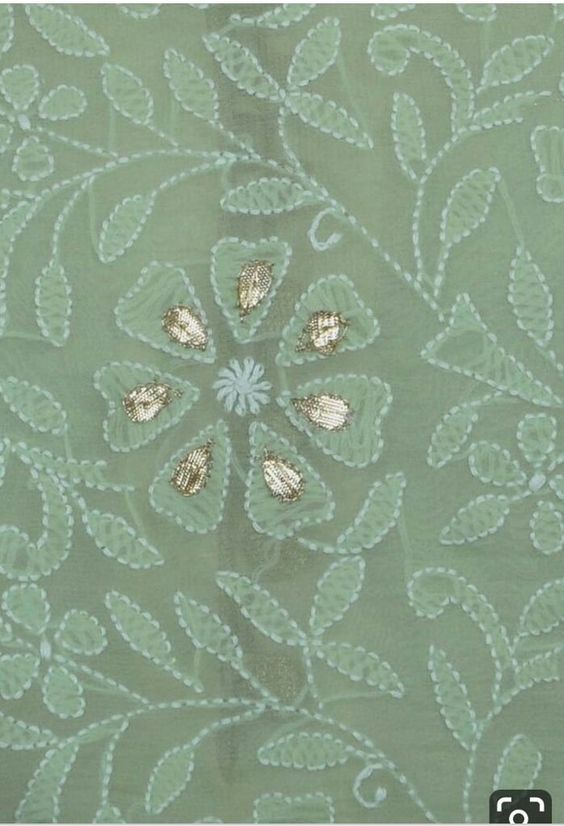
BEST PLACES TO BUY CHIKANKARI
BEST PLACES TO BUY CHIKANKARI
LOCAL MARKETS OF LUCKNOW
AMEENABAD MARKET ,CHAUK ,HAZRATGANJ AND MANY MORE
SOME FAMOUS SHOPS ARE AVAIBEL LIKE. SEWA A.K CHIKAN EMPORIUM, AWADH CHIKAN NAZNEEN CHIKAN.
House Of Kari(Chikankari Clothing) – Shop Hand Embroidered Chikankari Outfits for Men & Women
Chowkhat – Affordable Handmade – Chowkhat Lifestyle
Awadh Chikankari Studio
www.instagram.com/ishna_attire
Conclusion
Chikankari’s expense is a reflection of the skill, time, and materials involved in its creation, as well as its cultural and artistic significance. The combination of detailed craftsmanship, high-quality materials, skilled artisans, and the unique nature of handmade work all contribute to the higher price of Chikankari pieces. For many, the cost is justified by the beauty, tradition, and artistry embedded in each embroidered garment.
